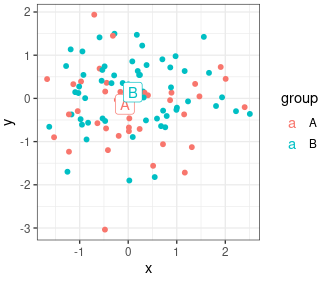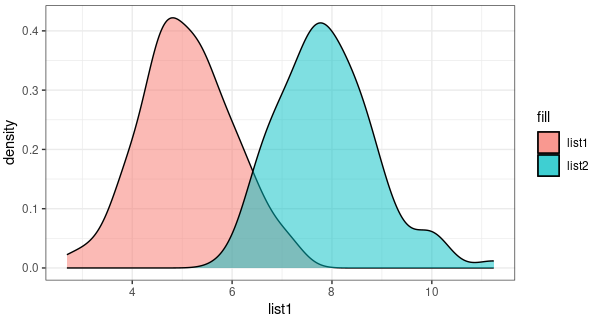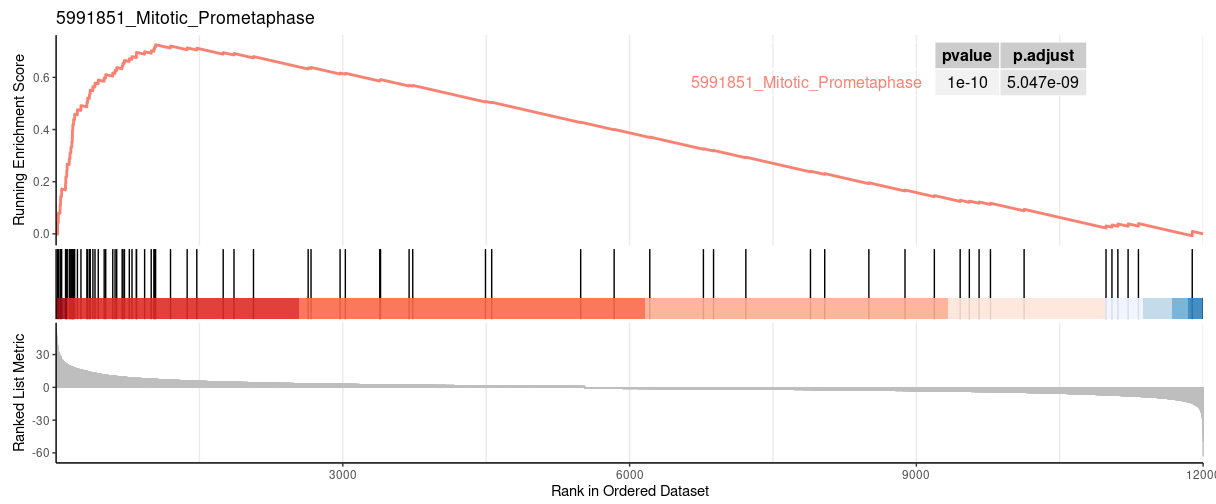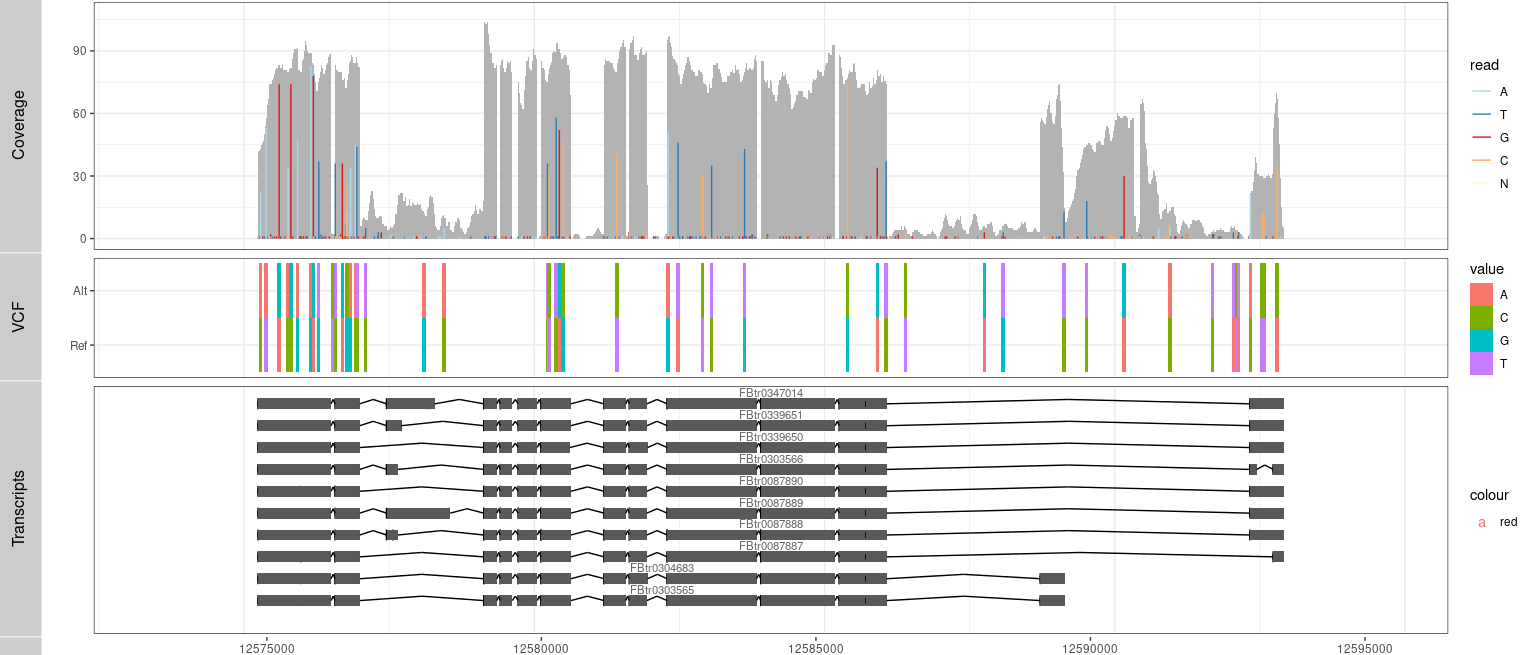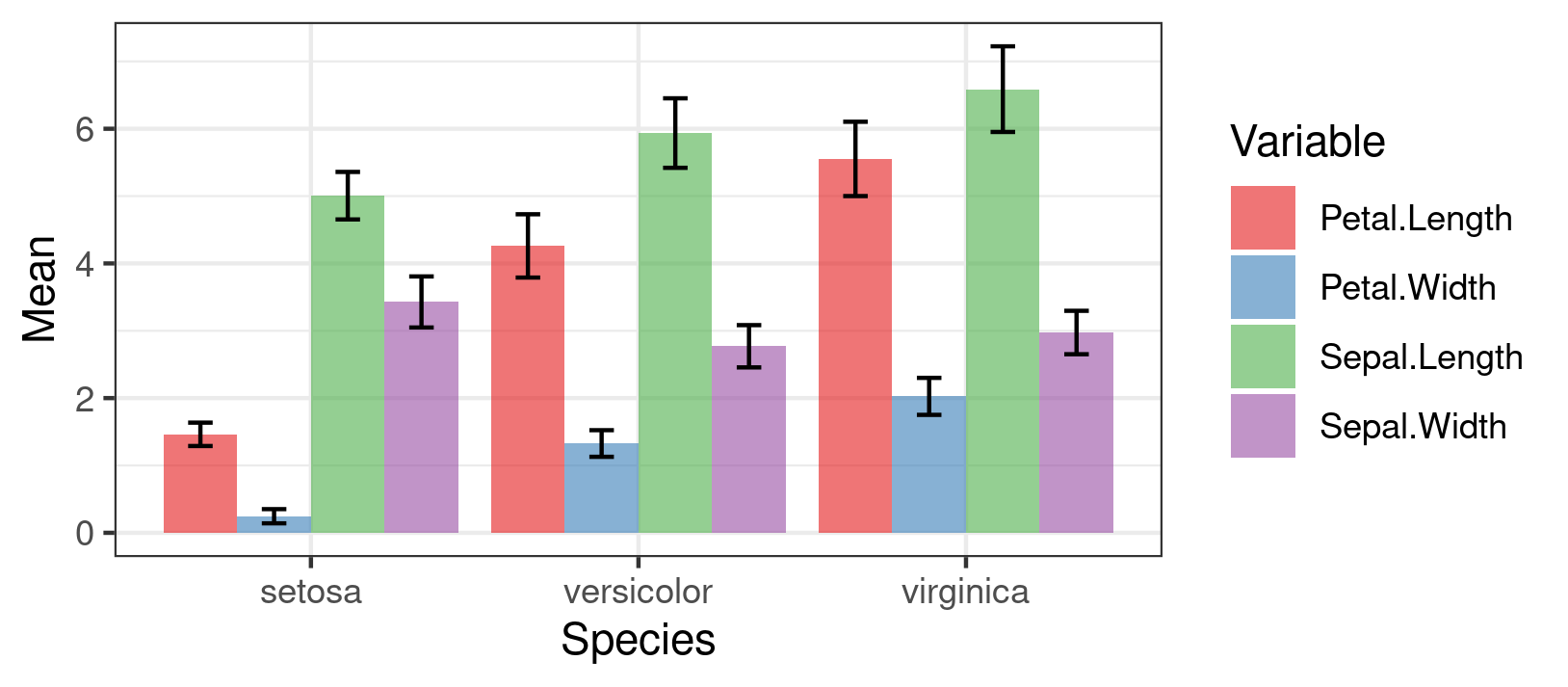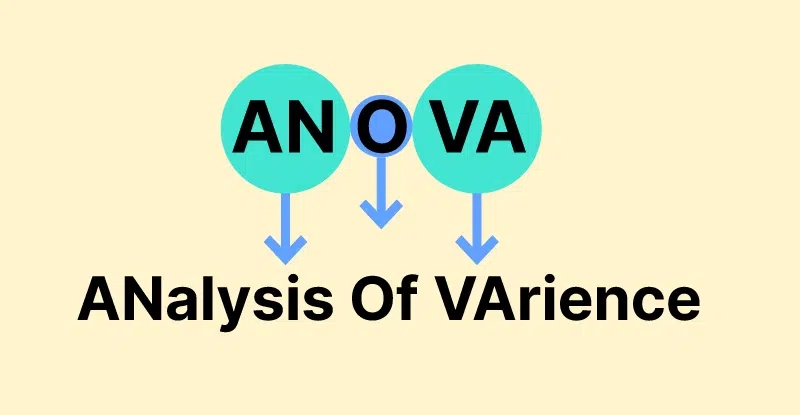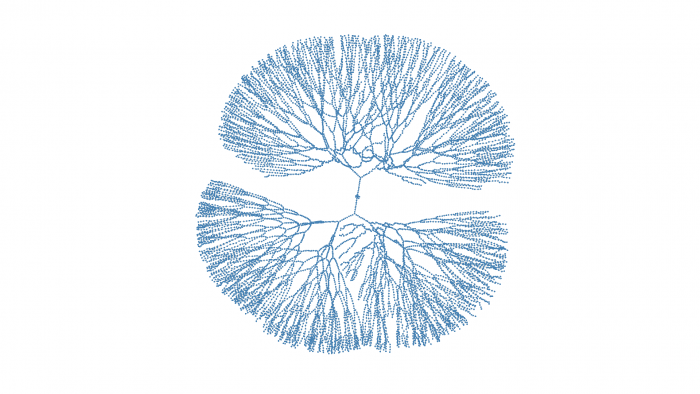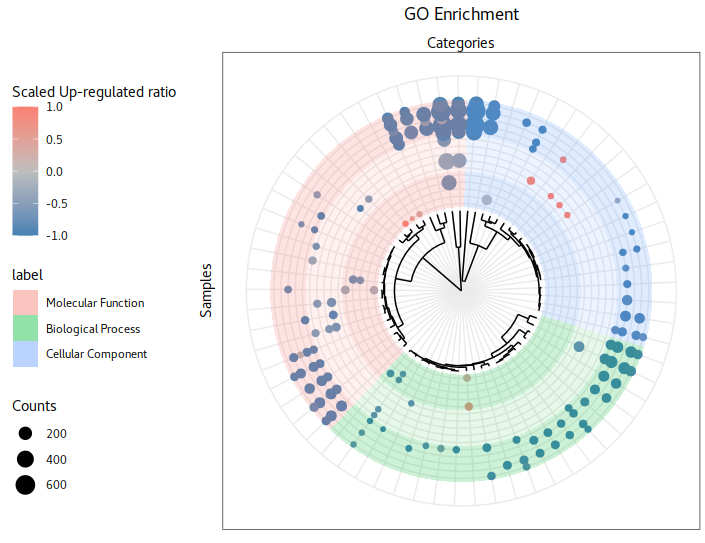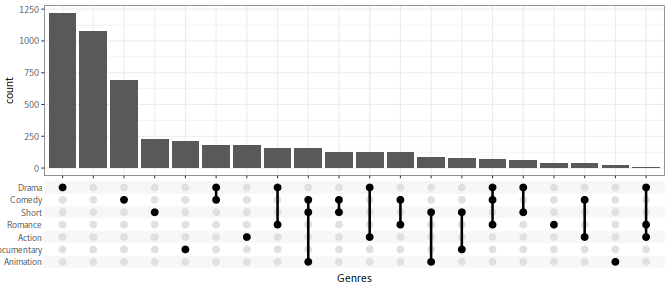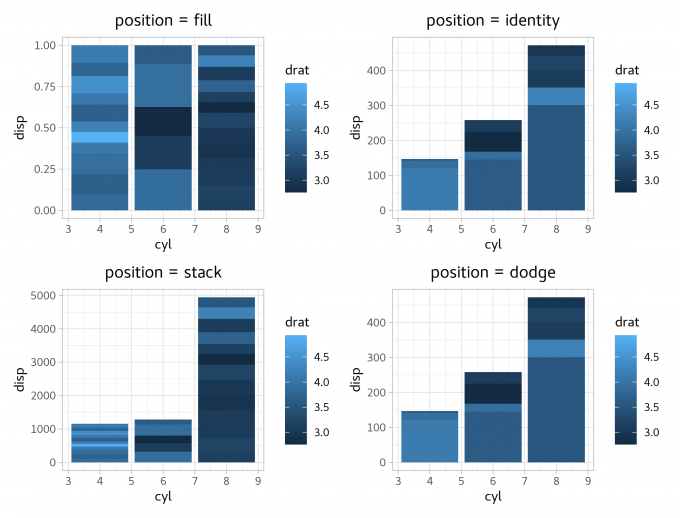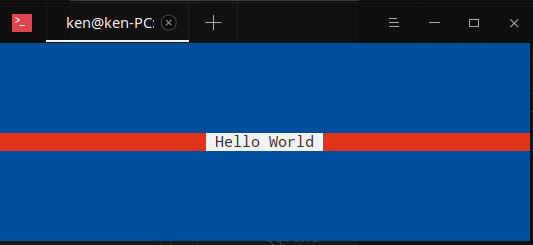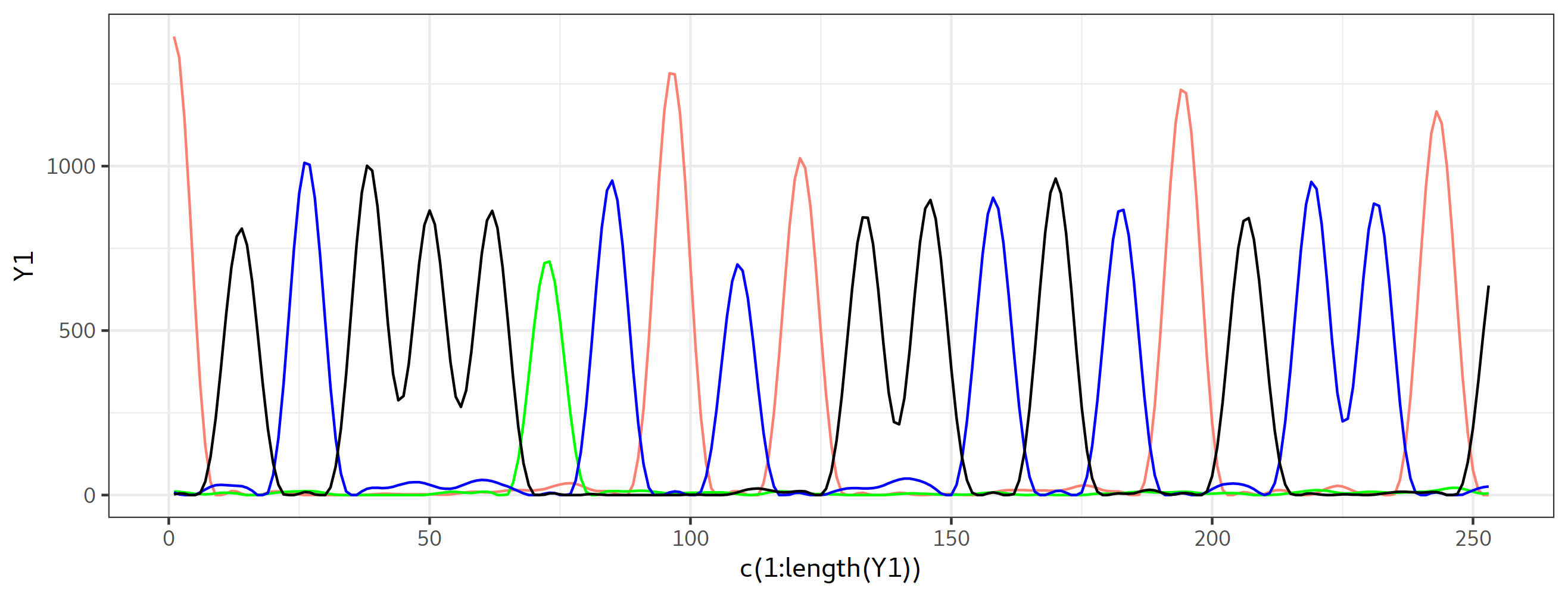Understanding the geom_point Function in ggplot2
This guide illustrates how to visualize the range of available point shapes in the `ggplot2` package of R. By creating a data frame with a sequence of shape numbers and plotting them using `geom_point()`, users can easily identify and select suitable shapes for their data visualization needs. The resulting plot provides a clear representation of each shape, labeled with its respective shape number, allowing for quick and informed decisions in chart design.
Read more